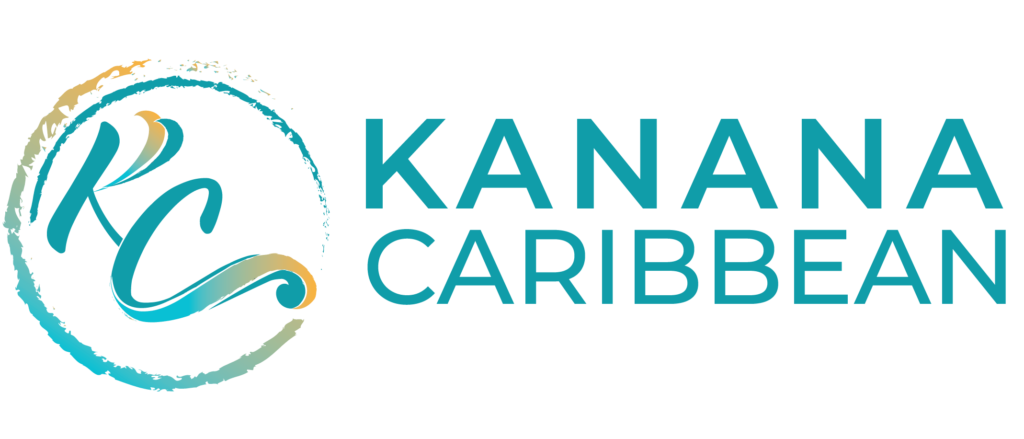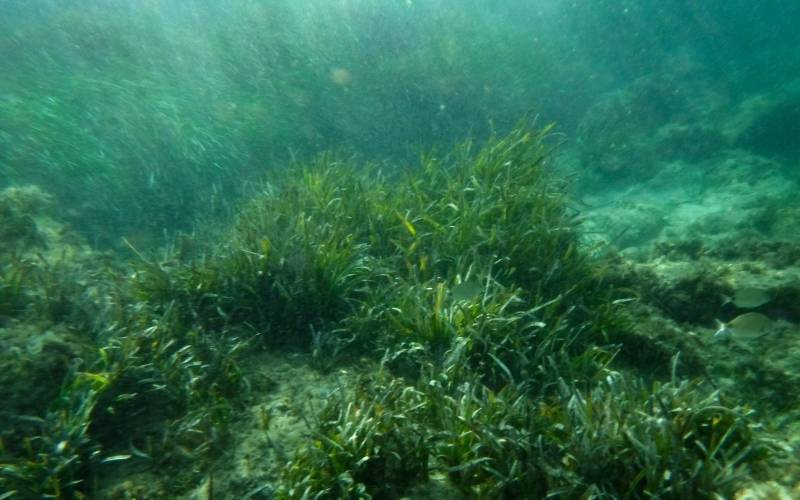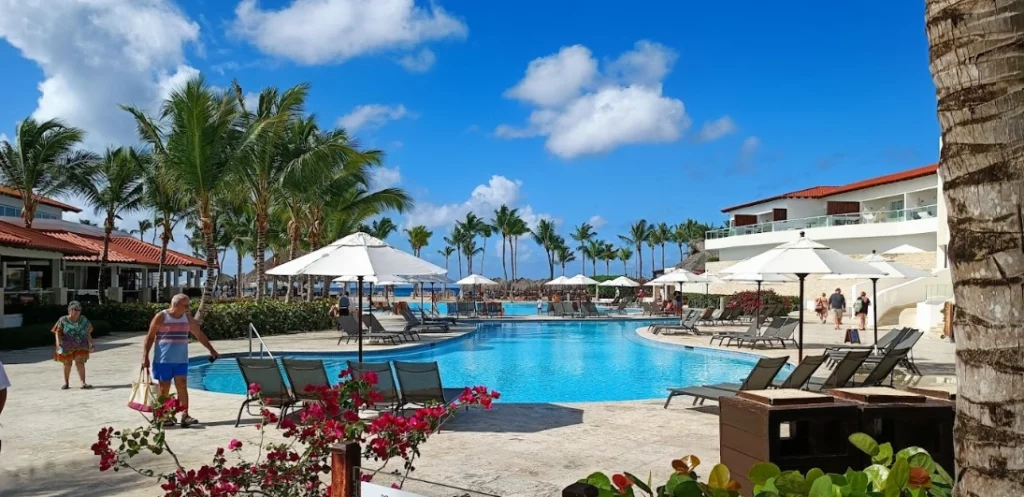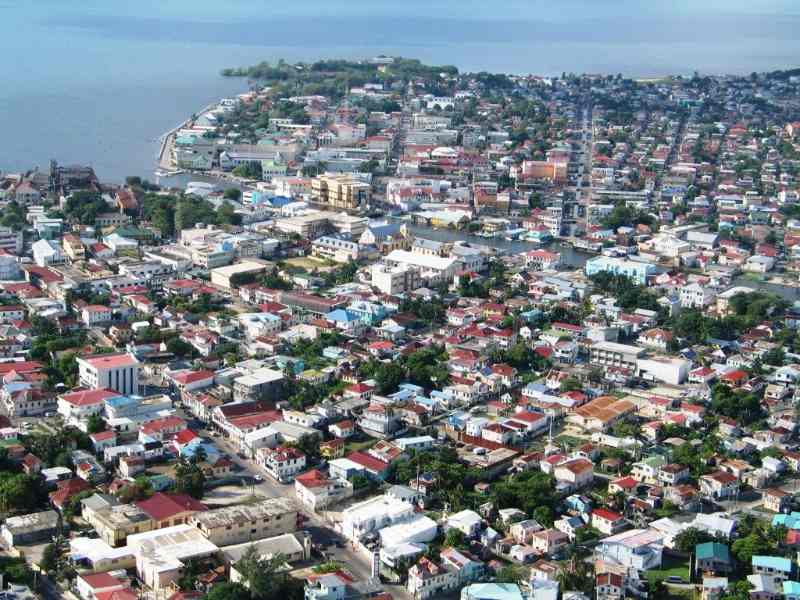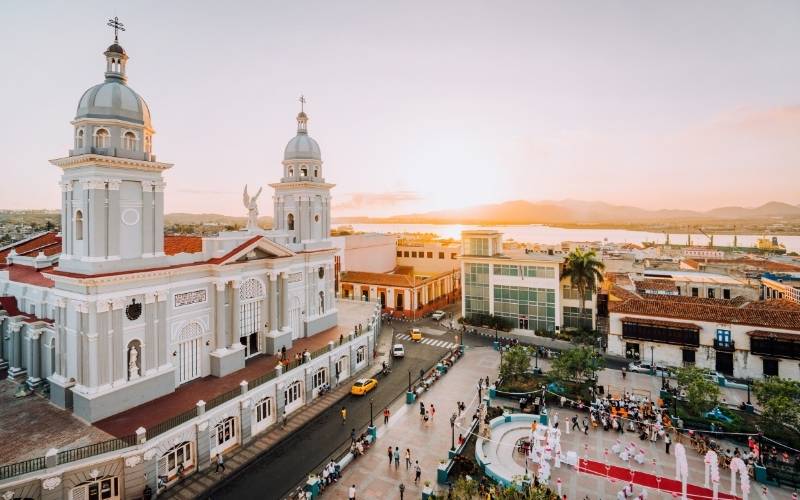
Home » Surround Yourself in The Exotic Nature & Wildlife in Cayman Islands
Surround Yourself in The Exotic Nature & Wildlife in Cayman Islands
The three islands of Grand Cayman, Cayman Brac, and Little Cayman are home to a diverse array of flora and fauna, including blue dragons, booby birds, and unique orchids, to name just a few examples.
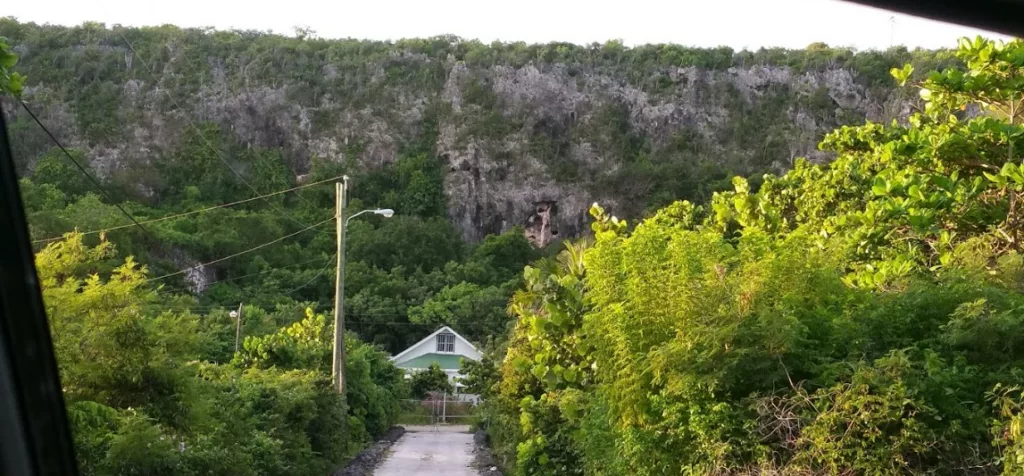
The Cayman Islands are home to a rich variety of animal species. You don’t have to go very far to get away from areas where people live, and once you do, you’ll find yourself in the middle of a menagerie of birds, butterflies, lizards, and other animals in no time at all. This is true no matter where you are in the world. The vast majority of the animals are completely unafraid of humans, which makes for some amazing and personal experiences. And that’s just the wildlife that lives on land; the marine world is just as stunningly lovely.
All About the Cayman Islands
Table of Contents
The Cayman Islands are home to eight different kinds of bats in addition to the Central American agouti, which was brought there from another country. Prior to the arrival of European explorers, the islands were home to at least three species of native rodents that have since been extinct.
Tarpon, French angelfish (Pomacanthus paru), silversides (Atheriniformes), and huge barrel sponges are some of the species of fish that can be found in the waters surrounding the island of Grand Cayman. The offshore waters are home to a diverse population of cetaceans. The sperm whale, the goose-beaked whale (Ziphius cavirostris), and the Blainville’s beaked whale (Mesoplodon densirostris) are some of the species that fall into this category (Physeter macrocephalus).
Amazona leucocephala caymanensis, also known as the Grand Cayman parrot, is native to the Cayman Islands, as well as forested areas of Cuba and the Isla de la Juventud. Amazona leucocephala hesterna, also known as the Cuban amazon, is presently restricted to the island of Cayman Brac, but was formerly also found on Little Cayman. Both of these Amazona subspecies are considered Both the red-footed booby and the brown booby make their homes in Cayman Brac and Little Cayman.
Even though the barn owl, also known as the Tyto alba, may be found on all three of the islands, it is not very numerous. Additionally, the Cayman Islands are home to five unique subspecies of indigenous butterflies. On the island of Grand Cayman, the Queen Elizabeth II Botanic Park is the place to go to see these different species of butterflies.
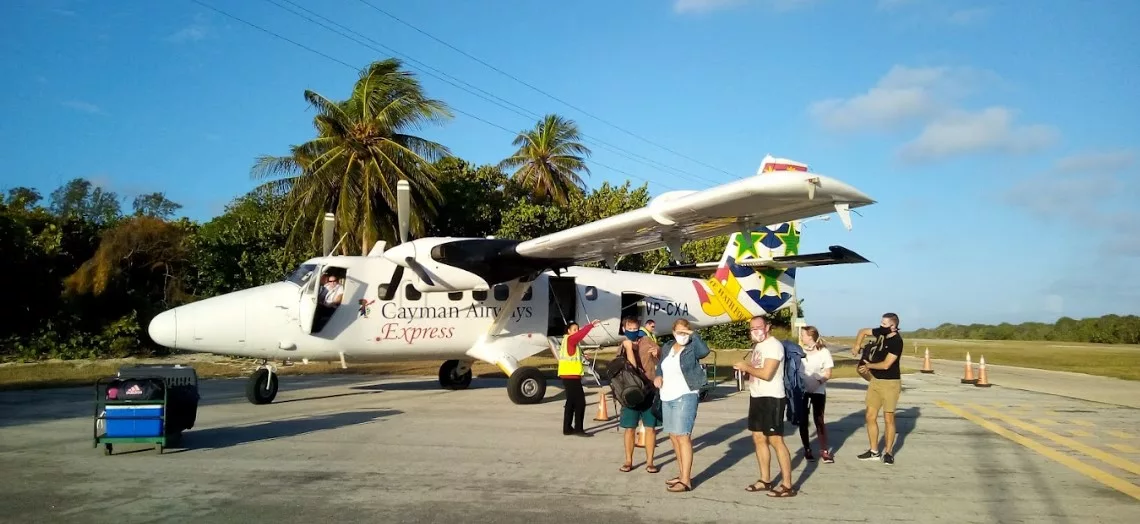
The blue iguana, commonly known as the Grand Cayman iguana, is a species of iguana that is considered to be in a state of critical endangerment and may be found at the Queen Elizabeth II Botanic Park (Cyclura lewisi).
The blue iguana is only found in Grand Cayman, which is likely due to the presence of rocky, open areas that get enough of sunlight and are close to the island’s shores. These conditions are ideal for the laying of eggs. Nevertheless, the chief reasons why blue iguana hatchlings do not survive in the wild are still the degradation of their natural habitat and the introduction of new mammalian predators.
Crocodylus rhombifer, often known as the Cuban crocodile, used to call these islands home in the past. The name “Cayman” originates from a Carib word that referred to a number of different crocodilians.
The Cayman Islands have a tropical climate that experiences both wet and dry seasons. The rainy season lasts from May until October, while the dry season lasts from November until April. There is not much of a difference in temperature across the seasons.
During the months of June through November, when the Atlantic hurricane season is in full swing, the formation of tropical cyclones presents a significant risk to human life and property.
The Best Nature Reserves in Cayman Islands
Barker’s National Park
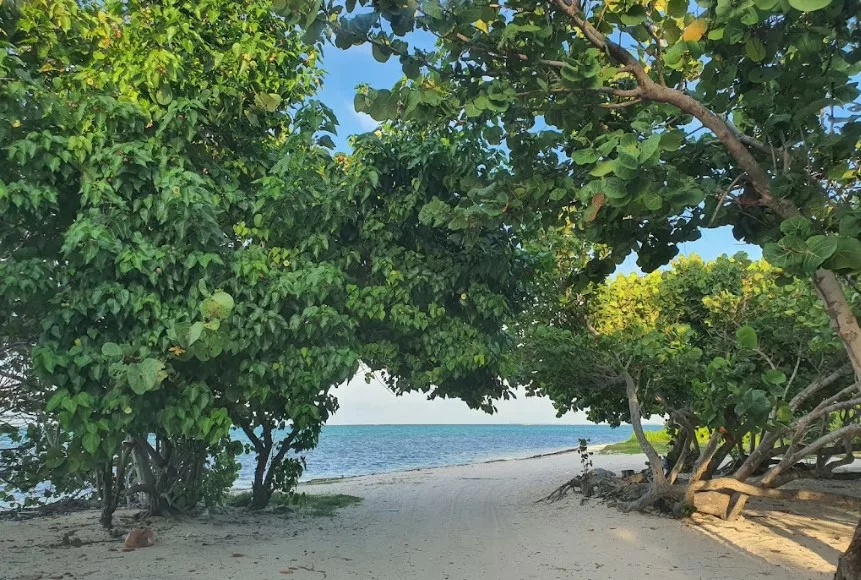
One of the natural areas that attracts the most visitors on the island is Barker’s National Park. In addition to a stunning coastline, it is home to a wide range of plant and animal species.
In addition to that, it’s a fantastic location for watching birds. If you have a passion for nature and are an avid birdwatcher, you will really adore this location! Take a stroll to witness a variety of bird species, including herons, egrets, and others.
One of the best places in the world to do kiteboarding is right there on the beach at Barker’s National Park! Kitesurf Cayman offers training to novices who are interested in learning how to kite surf, and also rents out equipment to more seasoned riders who are looking for an adventure.
Queen Elizabeth II Botanic Park
Another nature area in Grand Cayman that visitors should not miss is the Queen Elizabeth II Botanic Park. This park is well-known not just for its animals but also for the beautiful flowers and flora that can be found there.
Incredible gardens are, without a doubt, the primary reason why so many people visit the Queen Elizabeth II Botanic Park. You won’t be able to turn around without coming across beautiful displays of colour and ornamentation. The fact that each garden in this park has its own set of distinct traits and qualities makes adventuring across the park an exciting experience. Spectacular and rare flowers decorate the edges of lakes and ponds that have been meticulously maintained.
We strongly suggest that you make your way over to the Visitor Center in order to pick up a map that details all of the flora and fauna that you might come across.
Cayman Turtle Centre
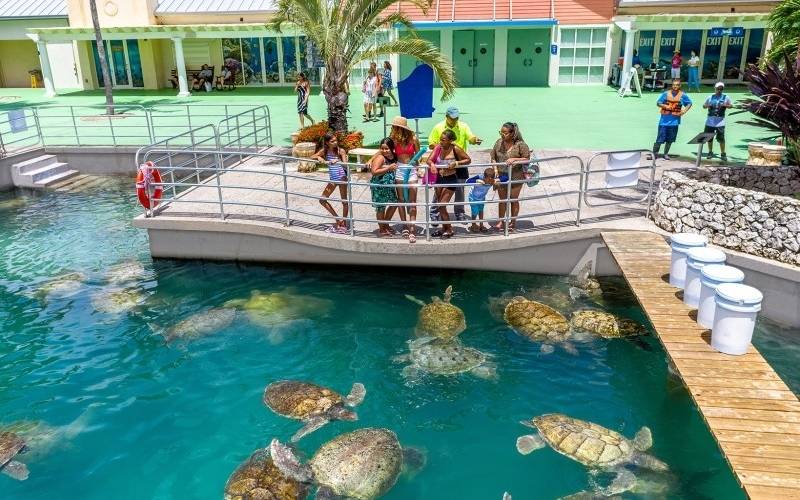
The Cayman Turtle Centre is a wildlife park that focuses on the protection of turtles and is dedicated to the cause.
Every year, the Grand Cayman Sea Turtle Centre welcomes more than 200,000 guests. The centre is home to approximately 7,000 turtles, and it has been responsible for the release of more than 31,000 turtles back into the wild.
They aim to continue their research on the species while also educating the general public about the turtles so that the population can be restored. In addition, this turtle centre offers activities and attractions that are entertaining for the entire family.
Cayman Parrot Sanctuary
The Cayman Parrot Sanctuary is a wildlife reserve in Grand Cayman that is home to a number of different species of parrots.
The parrots that now call the sanctuary their home were either rehomed from another location or were born there. Visitors can take pleasure in strolling through the natural reserve and observing the parrots in intimate settings without disturbing them. The refuge may be found near Gun Bay, which lies on the East End of the island.
Blue Hole Nature Trail
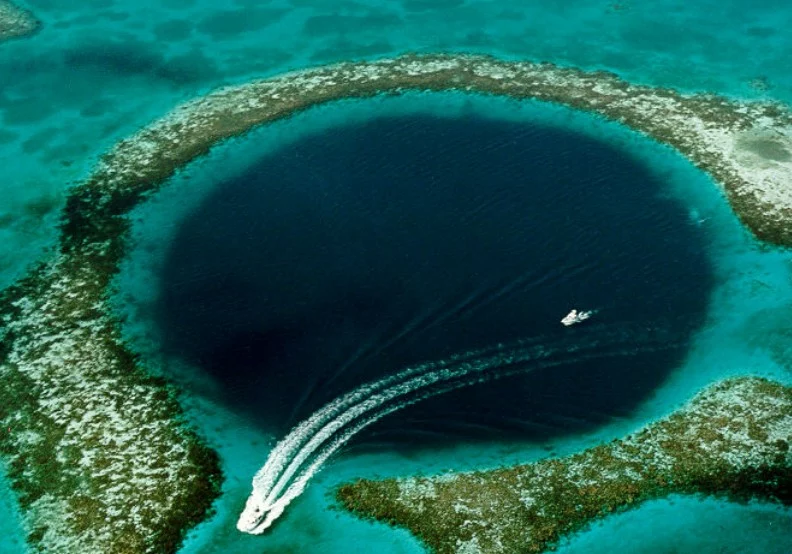
A nature trail known as the Blue Hole Nature Route can be found near West Bay on Grand Cayman. The trail can be found immediately adjacent to the Cayman Turtle Center.
The nature trail is well-known for the stunning views and the diverse array of species that it contains along its length. While walking along the trail, you can come across birds, parrots, and a wide variety of other animals. You might even come across some types of isopods (crustaceans) that are known to only live on Grand Cayman!
Mastic Trail
In Breakers, in the Cayman Islands, there is a hiking track called the Mastic Trail that is 4.6 miles long and goes out and back. It is a path that is typically considered to be simple, and it typically does not take more than two hours to do.
On this trail, you won’t run into too many other people, so you may enjoy birdwatching, hiking, or just plain old walking while you’re out exploring. The hiking track is accessible at any time of the year and is lovely to stroll along. Your canine companions are invited to join you on the trail, but they are required to be on a leash at all times.
KEY TAKEAWAYS ...🛪
The Cayman Islands is like heaven on earth for nature lovers. Be sure to visit the above-mentioned nature reserves for an all inclusive and immersive experience that you will never get over
